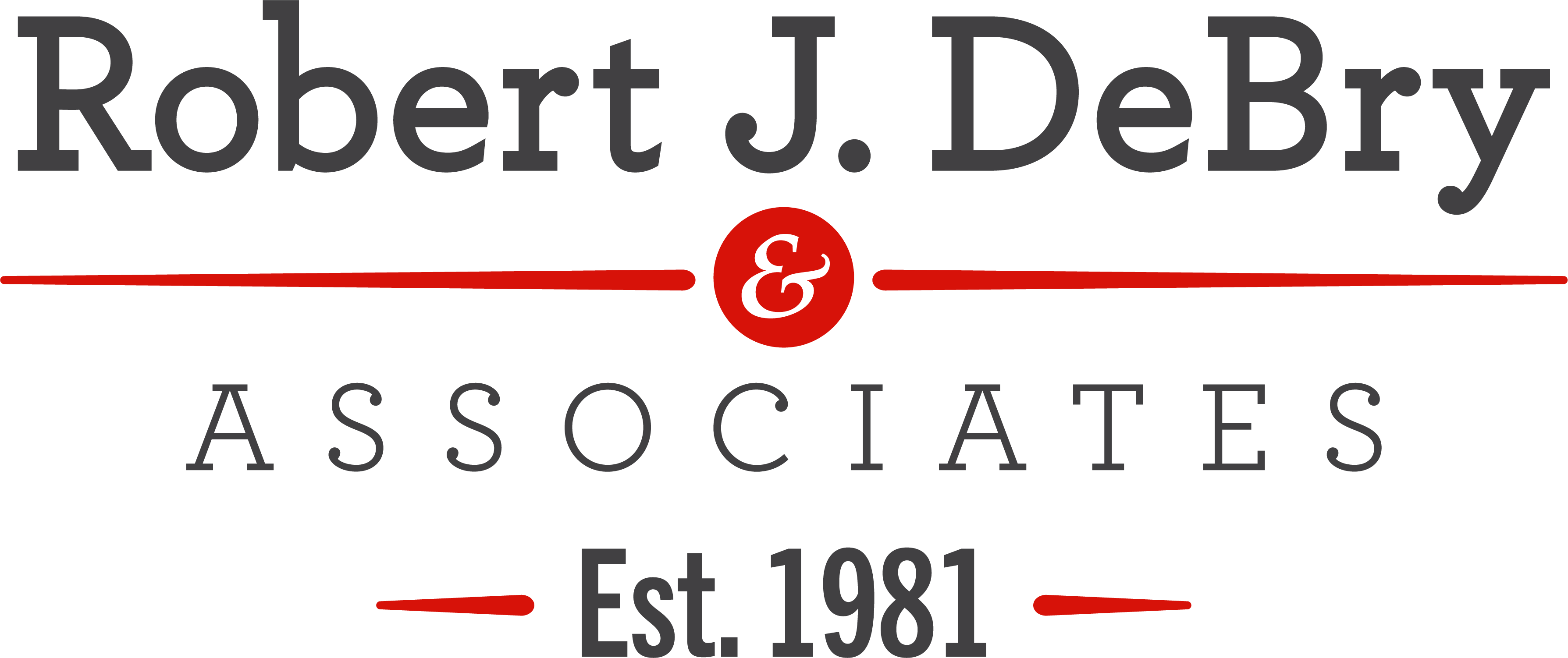Have you ever pulled up to an intersection and the traffic lights were out? Well, we’ve summarized exactly how drivers in Utah are expected to act in accordance to the Utah law, and instead of sitting in a state of confusion or panic, you should proceed cautiously follow the instructions below.
The Utah Code for Motor Vehicles found under section 41-6a-305 states that a driver that approaches an inoperative traffic signal should, “stop before entering the intersection; and yield the right-of-way” to other vehicles on the road. Considering the understanding of, “right-of-way,” is assumed and is left a little vague, there is further detail that expounds more on this specific situation.
The law found under 41-6a-901 essentially says that when the operating traffic lights are out, the driver on the left will yield to vehicles on the right once they have reached the intersection. This is no different than when you pull up to a four-way-stop (or at intersections where there is no posted traffic indicators).
In addition to this summary of how to legally act when a traffic light is out at an intersection, the DMV has a list of “Things to Remember” that goes beyond just the law. The tips are as follows:
- Never assume what another driver on the road is going to do.
- Never insist on taking the right of way.
- Yield whenever it is needed to be safe.
- Make eye contact with other drivers at intersections when possible.
- Try to anticipate the actions of other drivers whenever possible.
Though the instructions explained above are simple enough to understand, surprisingly these instructions are often forgotten or misunderstood. If you have followed this instruction but still encounter any car accident in this situation, do not wait to contact an attorney at Robert J. DeBry to ensure that you are backed by a team that understands the laws even in these unique circumstances.
